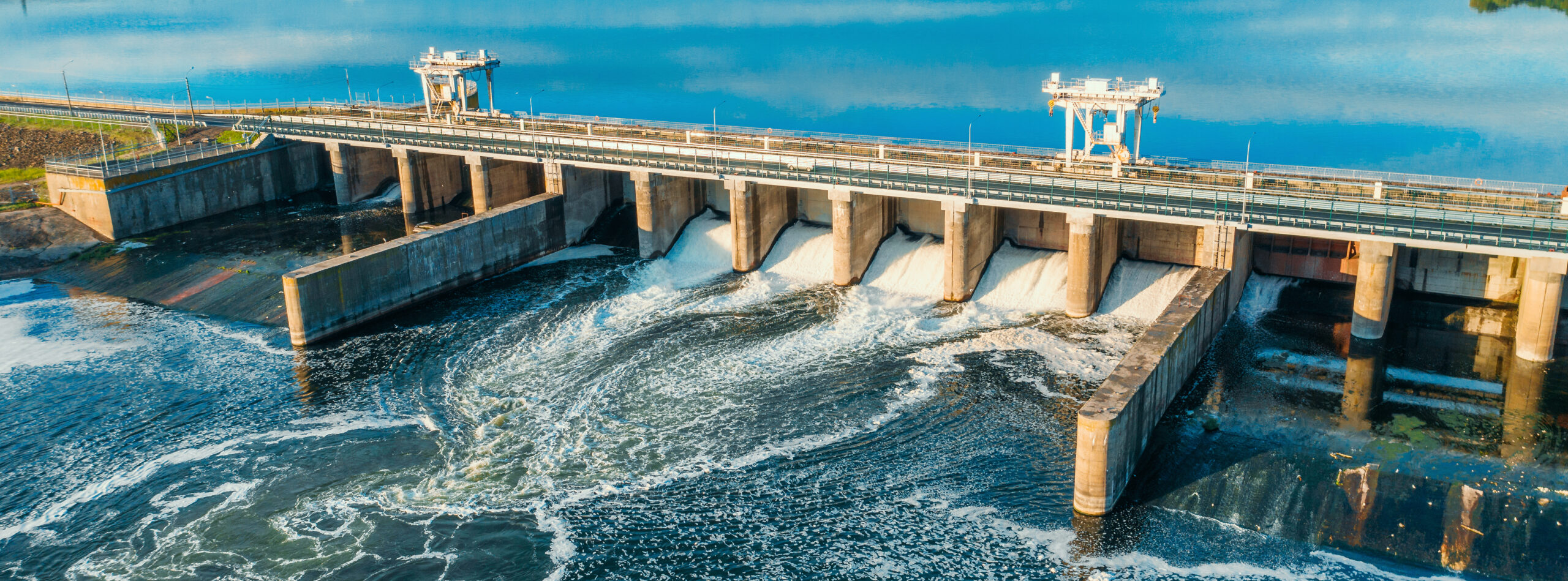Sensuron’s OFDR Technology and Structural Health Monitoring
In an era where the integrity of our infrastructure and the safety of complex structures are paramount, Structural Health Monitoring (SHM) emerges as a critical field of study. Aging infrastructure, extreme weather conditions, and the ever-increasing demands for safety require us to continuously innovate and enhance our monitoring techniques.
One such innovation that is revolutionizing SHM is Fiber Optic Strain Sensing, particularly through Sensuron’s Optical Frequency Domain Reflectometry (OFDR) technology. In this post, we will explore how this cutting-edge technology is reshaping the way we monitor and ensure the structural integrity of our critical infrastructure.
The Fiber Optic Sensing Advantage
Traditional methods of structural monitoring have often relied on strain gauges, which, while effective, come with their own limitations. Fiber optic sensing, or FOS, is changing the game by offering an unprecedented level of measurement accuracy and versatility. This innovative technology leverages Fiber Bragg Gratings (FBGs) embedded within optical fibers to enable real-time monitoring of crucial engineering parameters.
The Unique Capabilities of OFDR
The heart of this transformative technology is Optical Frequency Domain Reflectometry (OFDR). This sophisticated method allows for the precise measurement of optical signals along the entire length of the optical fiber, offering unparalleled insight into structural behavior.
Sensuron’s OFDR technology takes this one step further by utilizing high-density FBG sensors along the optical fiber. This density of sensors provides continuous strain sensing, offering a comprehensive view of the material’s response to external forces and conditions.
Real-time Monitoring of Key Engineering Parameters
One of the standout features of FOS and Sensuron’s OFDR technology is its ability to provide real-time monitoring of a wide range of key engineering parameters. Here are some of the critical parameters it can monitor:
1. Deflection Profiles
The ability to measure deflection profiles in real-time is a game-changer in the SHM field. Detecting and quantifying structural deformations is crucial to assess safety and structural health accurately.
2. Bending Moments
FOS can track bending moments, which are critical in understanding how structures and materials respond to various loads. Monitoring these moments in real-time allows for early detection of structural issues.
3. Shear Forces
Shear forces can lead to unexpected and catastrophic structural failures if left undetected. Fiber optic strain sensing can monitor these forces continuously, providing a proactive approach to maintenance.
4. Distributed Loads
Understanding how loads are distributed across a structure is essential for making informed decisions about maintenance and safety. FOS can offer insights into these load patterns.
Replacing Strain Gauges with FBGs
While traditional strain gauges have been a go-to option for monitoring strain, Fiber Bragg Gratings offer a dynamic replacement. FBGs are not only durable but also incredibly sensitive. They can withstand harsh environmental conditions, making them suitable for a wide range of applications.
Furthermore, the high density of FBG sensors along the optical fiber makes it possible to monitor multiple engineering parameters simultaneously. This efficiency is a game-changer for SHM and maintenance inspections.
Realizing the Full Potential of FOS
Structural Health Monitoring is not just about keeping an eye on structures but also about ensuring the longevity and safety of critical assets. Fiber optic sensing technology has the potential to revolutionize the way we approach SHM. Here are a few key benefits:
1. Early Detection of Issues
By continuously monitoring structural parameters, FOS enables the early detection of issues. This proactive approach can prevent catastrophic failures and save lives.
2. Reduced Downtime
Traditional inspections often require significant downtime, causing disruptions and financial losses. FOS allows for real-time monitoring, reducing the need for lengthy inspection processes.
3. Cost Savings
FOS can lead to cost savings by optimizing maintenance efforts. Instead of routine inspections, maintenance can be scheduled based on actual structural conditions.
4. Enhanced Safety
By continuously monitoring and understanding structural behavior, FOS enhances safety. It provides a deeper understanding of how structures respond to stress and loads, enabling proactive safety measures.
Conclusion
In a world where the safety and reliability of infrastructure are paramount, Sensuron’s fiber optic strain sensing technology is taking Structural Health Monitoring to new heights. With its ability to monitor a wide range of engineering parameters in real-time, including deflection profiles, bending moments, shear forces, and distributed loads, FOS is reshaping how we approach the safety and maintenance of critical structures.
As the demands on our infrastructure and engineering systems continue to evolve, the need for advanced monitoring and early detection of issues becomes more critical. FOS not only offers unprecedented measurement accuracy but also contributes to reducing downtime and cost savings.
By embracing this cutting-edge technology we can ensure the health and safety of our structures, making them more resilient and reliable than ever before.
Contact us today to learn more about how Sensuron’s tailored solutions can revolutionize your Structural Health Monitoring efforts.

